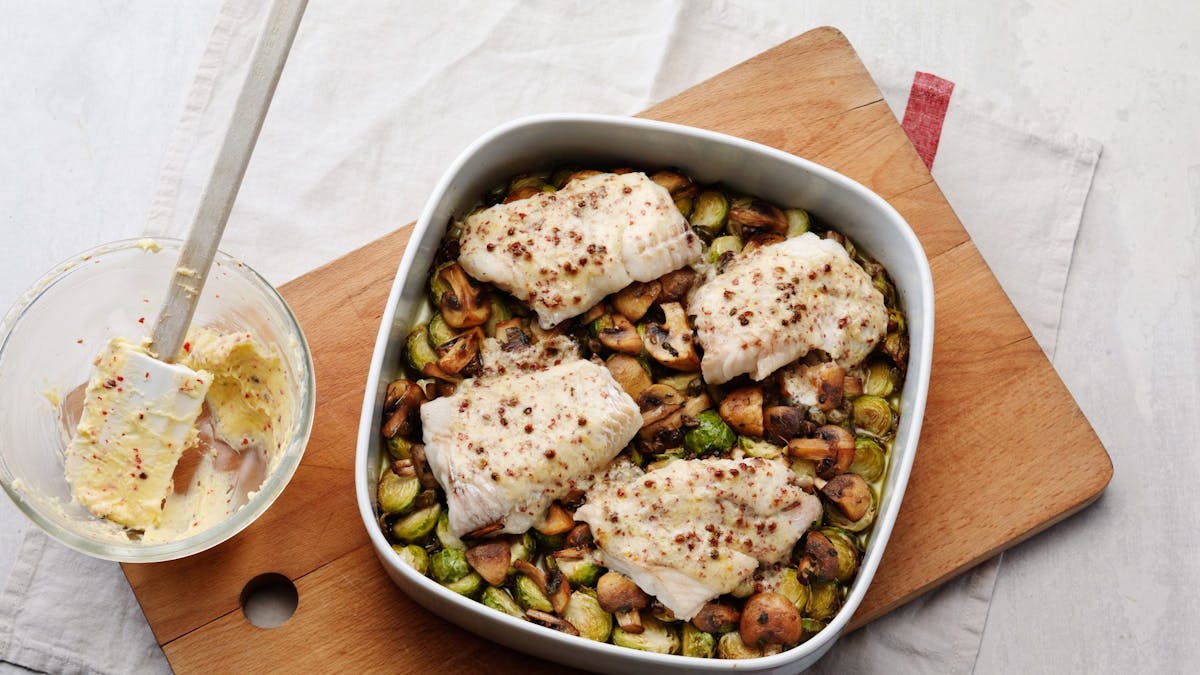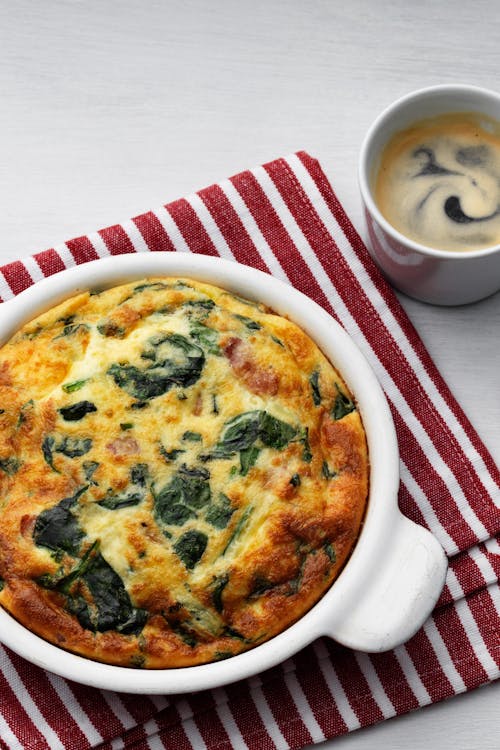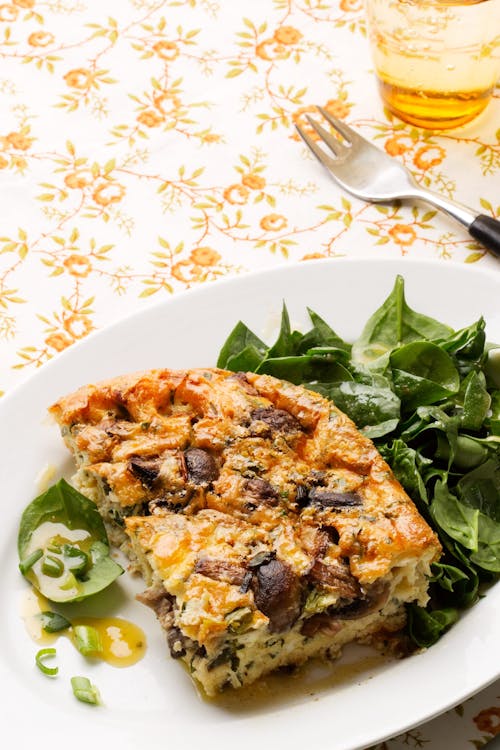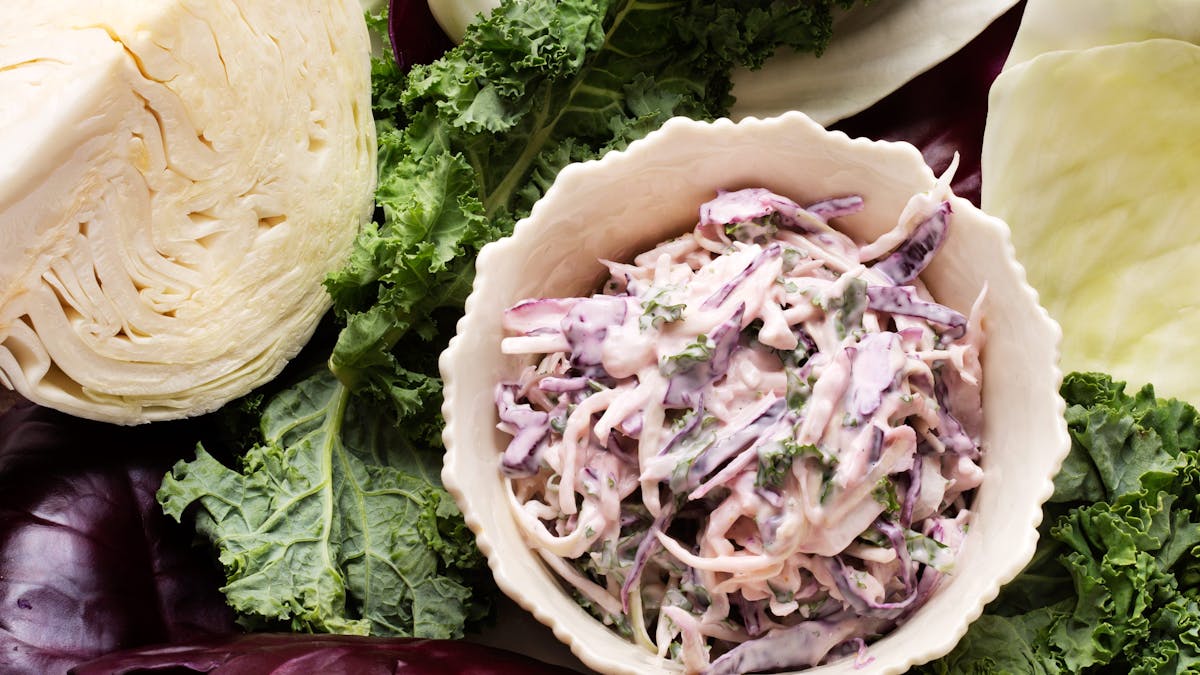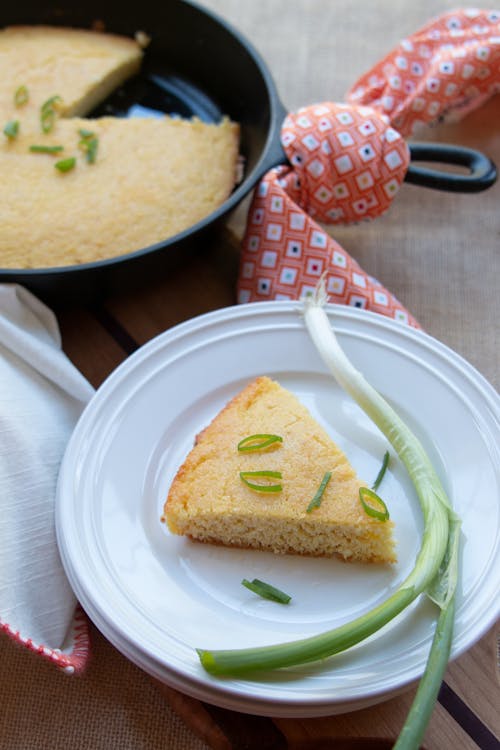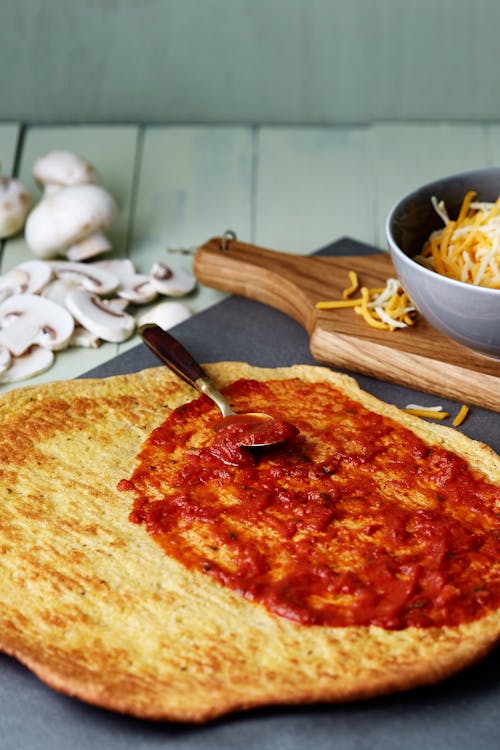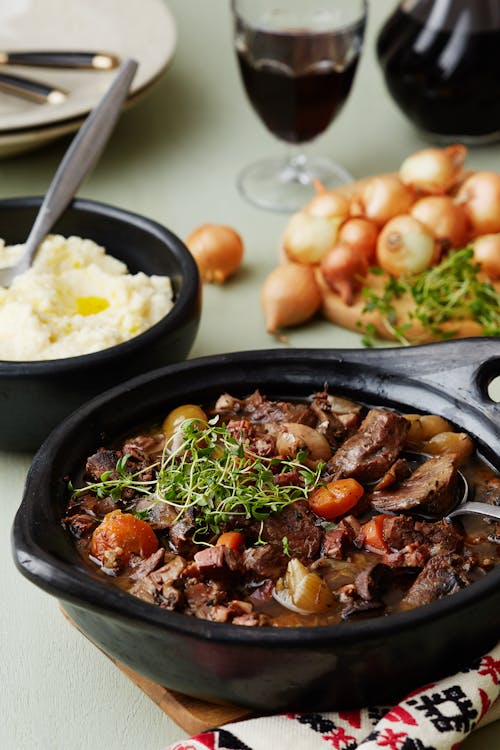The ultimate stay-at-home low-carb cooking and baking collection
Are you social distancing or staying home due to the coronavirus (like we are at Diet Doctor)? We’ve put together our best tips and low-carb recipes for using this time to stay healthy, with delicious foods made with items that you may already have on hand or can easily find. Please enjoy and take care.As the disease caused by the coronavirus, COVID-19, has a higher mortality rate among people who are older, have diabetes, high blood pressure, or cardiovascular disease, it’s important that you remain as healthy as possible during this time.
Not every meal needs to be gourmet, but every meal can be nourishing. Here are our best ideas for eating tasty and healthy foods made with items that you can easily find or that you may already have in your kitchen.
The freezer is your friend
The nutrients in frozen foods are largely unaffected when frozen, providing as much nutrition as fresh foods. In addition to freezing uncooked foods, the freezer is the perfect place to store fully cooked meals for future use.
Whether you have enough leftovers to freeze or you intentionally cook batch meals, having a ready-made meal waiting in the freezer is a gift that your future self will enjoy.
As you’re putting together meals, prioritize protein. Even if you’re using up veggies in a salad, be sure to add boiled eggs, bacon, cheese, etc. to have adequate protein. It’s always a good idea to stock your freezer when you find foods on sale, especially meats. Roasts, ground meats, sausages, hot dogs, deli meat, seafood, and poultry all freeze well and can be kept for at least three months. Meats with an extremely long shelf life include canned chicken and ham. You can also find many different types of jerky or biltong that can last for months. Ground beef, pork, turkey, and lamb are really versatile meats that thaw well whether frozen raw or after cooking. A great tip is to put the ground meat in a plastic bag before freezing it and flatten it with your hands until it’s about 0.5 inch thick. This way the meat thaws quickly in room temperature or even in a bowl of cold water. Seafood is the darling of the freezer. Fish of all sorts and shellfish are generally purchased frozen and they make quick, delicious meals. Allow the seafood to thaw completely in the refrigerator before cooking. Canned tuna, salmon, crab, mackerel, and mussels are also nice additions to salads. Add a generous drizzle of oil and vinegar, and you have a simple and healthful meal. Eggs are one of nature’s most nutrient-dense foods and are high in protein and fat. More or less, the only nutrient they are lacking is vitamin C. On top of that, they are delicious, affordable, and the options you can make with them are endless. Eggs can be refrigerated for at least five weeks and can be frozen to last even longer. To freeze eggs, crack each egg into a muffin tin well, or an ice cube tray, wrap well in plastic and store in the freezer in an airtight freezer bag. You can also separate the yolks and whites and then freeze using the same method. Frozen eggs are good for up to one year. Since family members often have different food preferences, you might try setting up an omelet bar with all of the different vegetable add-ins chopped and prepped. Let each person decide what combinations to use to create a unique and tasty omelet. This is also a great way to use up leftover meats, such as taco or fajita-seasoned chicken and beef as well as bacon, breakfast sausage, steak, or roasts.
Protein
Ground meat
Seafood
Eggs
Omelets and frittatas
Some vegetables won’t keep as long in the fridge as others. Vegetables and fruits that contain a lot of water do not freeze very well. These include lettuces, raw spinach, cucumber, avocado, and fresh tomatoes. Save vegetables that have a longer storage life such as cabbage, onion or spaghetti squash for later meals. For veggies that you don’t want to use right away, try freezing them. A quick blanch prepares most veggies for freezing. Some vegetables are better frozen after cooking such as squash, tomatoes, cauliflower and spinach. A lot of our main courses are served with a fresh salad as a side. But leafy greens do not keep fresh for long, so go for sturdier veggies like shredded kale, cabbage, broccoli or cauliflower, which stay fresh for a very long time. As always, don’t forget to add healthy fats such as full fat dressings, cream sauces, mayonnaise or olive oil to your meals for satiety and for flavor. There are many flavorful options for shelf-stable fats such as olive oil, avocado oil, ghee, coconut oil, and tallow. If you have nut oils such as walnut oil or hazelnut oils, these are delicious drizzled over salads. Also, don’t forget to render the fat each time that you cook bacon, so that you can save it for future use. The easiest way to render bacon fat is to bake the bacon on a large baking sheet. When the bacon is ready, remove it from the pan. Let the fat cool for 15-20 minutes and then pour it into a clean, wide-mouthed glass jar. The bacon fat should be cool enough to avoid burns, but still liquid. The solid bits should stick to the pan and the clean bacon grease should easily drain into the jar. In most climates, the bacon fat can be safely stored at room temperature when kept in an airtight container. If you have any concerns about the fat going rancid, you might also store it in the refrigerator. Another idea is to use dried herbs to make flavored butters. If you haven’t made your own compound butter, it’s truly a treat. Combine Mediterranean flavors such as garlic, rosemary, oregano, and/or basil to make a compound better that goes with nearly anything. You won’t believe the flavor it brings to eggs whether they are scrambled or boiled. A generous pat on roasted poultry or a steak sends your taste buds soaring! And it’s so simple. Soften the butter, mix in your preferred herbs, let sit at room temp for at least an hour, and then refrigerate. Because these are dried herbs, you want to be patient and give the fat in the butter time to absorb the flavors from the herbs. Butter keeps fresh for a long time even at room temperature, but store it in the fridge or in cube size pieces in the freezer if you want to keep it fresh for months. When stored properly in the fridge, an unopened package of cheese can last up to four months – especially aged cheeses such as Parmesan. An opened package will stay fresh for about six weeks in the fridge. Mozzarella, cheddar, Gouda, etc. can also be stored in the freezer. Consider shredding (perfect for keto pizza) or slicing it into usable portions. Wrap it in parchment paper, then store in an airtight freezer bag. Label with the date and use within two to three months. Cream cheese can be frozen, too, but when thawed its texture will be grainy. Any type of cream can be frozen, even heavy whipping cream. Shake it well before freezing. Then, when thawed, shake well again before using. This prevents the fat from separating. While sour cream can also be frozen, like cream cheese it will turn grainy. Thawed, it is best used as an ingredient in cooked recipes like casseroles and soups. Now is the time to dig into your spice drawer. You can clear out the older spices and use your favorites to add savory flavors. Thyme is a mild herb that’s perfect for eggs, chicken, and soups. Thyme is also good on sautéed zucchini or squash and with lemon-roasted veggie dishes. Another underappreciated spice is smoked paprika. It adds a dash of color and hint of flavor to everything it touches. If you have some cumin, add it to roast chicken for an earthy, smoky flavor. Fresh herbs like cilantro, parsley, dill, and thyme add a lot of color and flavor to your meals. Unfortunately they usually don’t stay fresh for long. You can either put them, stalks down, in a glass of water in the fridge to keep them fresh for up to a week or put them in a plastic bag and freeze them.
Vegetables and fruits
Use short-lived veggies and fruit first
Fats
Everything is better with butter
How to keep dairy products fresh
Cheese
Cream
Season it up!
Fresh herbs
You might also enjoy making one of our many seed cracker recipes. These crispy keto and low carb versions are perfect when you’re craving a crunch! Store in an airtight container for a couple of weeks or freeze them. If they lose their crispness while thawing, you can put them back in the oven on low heat to crisp them up once again. We also have some low-carb and keto cakes, brownies and cookies you could try. Baked goods that use alternative flours can be a bit tricky to get right. Perhaps now is the time to hone your skills. Just like the breads and crackers, most of these freeze really well. Freezing baked goods not only gives you a future treat, but also offers another way to help manage portion control.
Baked goods
Slow cooker and Instant pot
Casseroles are usually simple because they can be mixed together, don’t have to be watched closely like a pan on the stove, and can be a complete meal without fussing over adding side dishes.
Casseroles
Start with a stock from beef, poultry, or vegetables, add protein and vegetables and let simmer. Add flavor by first browning uncooked meats in fat such as ghee or olive oil and give the vegetables a quick sauté as well. Add the stock and any seasonings and simmer until the flavors meld, the broth cooks down, and dinner is done!
Stews and soups




